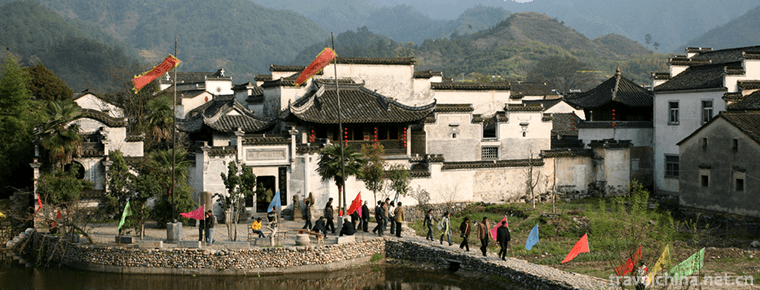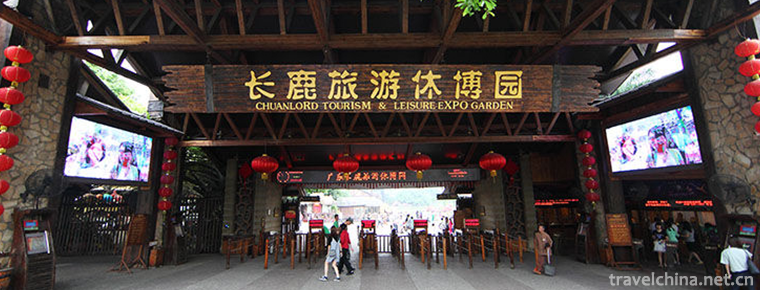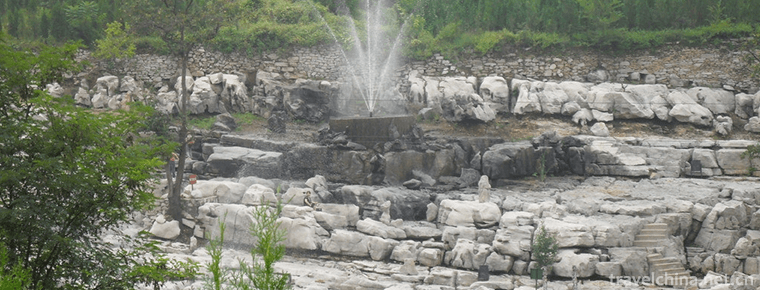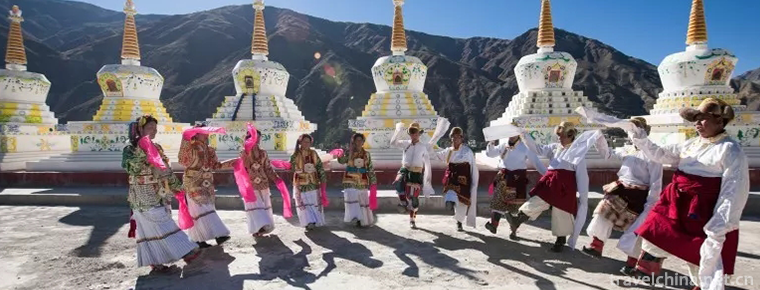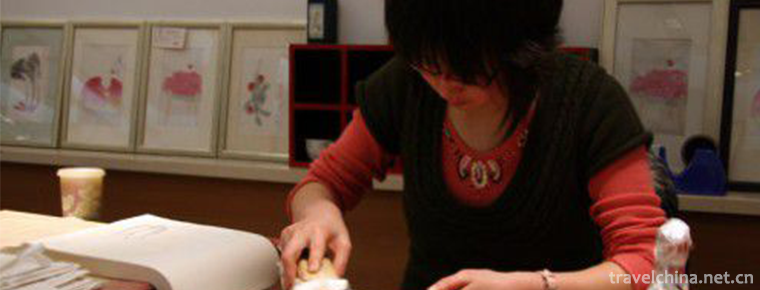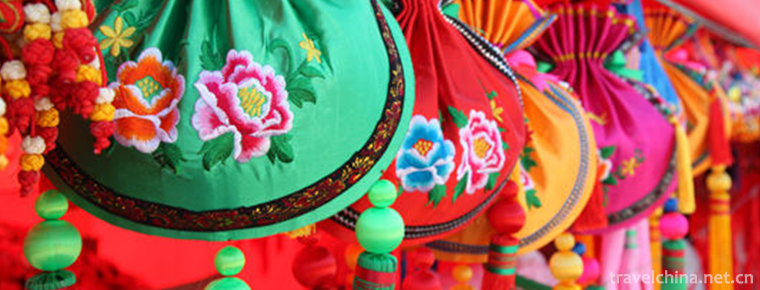New brown leaf weaving
New brown leaf weaving
Xinfang Brown edition is one of the traditional handicraft products in China. It has entered the third batch of national intangible cultural heritage list recommendation project list. It originated in the late Qing Dynasty in Jiaqing, and has been exported to Southeast Asia as early as 200 years ago.
value
Xinfan Brown knitting technique originated in the late Qing Dynasty Jiaqing, and has a history of more than 200 years. According to the documentary records, in the late Qing Dynasty Jiaqing, the new women had the tradition of "analyzing tender palm leaves as silk, weaving sandals". In the beautiful countryside and rural courtyard, local women can be seen everywhere with white and delicate brown silk weaving a magical handicraft. Especially slippers can be called a new brown knitting. They are comfortable and breathable, beautiful and generous, light and pollution-free, moisture-proof and durable, so they are generally welcomed by consumers.
The raw materials for the new brown weaving are mainly tender brown leaves from the mountainous areas of Dujiangyan (Yuanguan County), Pengzhou (Yuanpeng County), Dayi County and Qionglai County. April is the best time for artists to collect tender brown leaves. The collected green tender brown leaves were first cut into silk with needle-punched comb and turned into a strip of brown silk like green noodles. Then, artists use their ingenious hands to twist part of the brown silk into a brown rope, and then soak the brown silk and the brown rope, sulphur fumigate, air-dry and break the green, or dye part of the brown silk into colorful, which can be used as a special decoration of the brown products. Models are used in the production process, and models can be made of wood and clay.
technique
There are three main handicraft techniques of new and complicated brown knitting: the first is called pepper-eye technique, which is to form a diamond by crossing the longitudes of brown silk in equidistant arrangement, and then to weave a window-like pattern with two weft threads at the four corners of the diamond. The second is dense weaving. Artists use the same dense, equal distances and repetitive methods for fine weaving. This kind of knitting method is usually used in the knitting of shoes, fans and other products. The third is the herringbone technique, that is, to design or control the warp and weft direction or composition of brown knitting with the herringbone pattern. This kind of knitting method is commonly used in the weaving of hats, mats and other daily necessities, and its characteristics are beautiful and generous. Every summer and autumn is the peak period of new brown weaving production.
Artists will adjust flexibly according to seasonal changes and needs. In summer, they mainly produce cool hats and slippers, and in autumn, they mainly produce brown bags. As a folk handicraft known to women and children in Xinfan area, many rural women can master it skillfully.
Development
According to the old people's memories, in the 1920s and 1930s, if a new and complicated woman could not make brown knitting, she would encounter great difficulties in finding her mother-in-law's home. This shows that brown knitting skills are an important criterion to test a woman's ingenuity and intelligence. As far as the whole weaving and processing process is concerned, Brown knitting is quite complex and exquisite. The completion of a product often requires more than a dozen processes, such as scratching, fumigation, brushing, starting, joints, piercing, edge pulling, trimming, shaving, coloring and so on. Take weaving a cool hat as an example. A skilled artist can only weave two cool hats a day, which shows the complexity and delicacy of the process. The new and complicated Brown weaving has a glorious history. According to the relevant historical records, the emperors of Tongzhi, Guangxu and Xuantong in the late Qing Dynasty had worn new and complicated brown silk caps. As early as the late Qing Dynasty, some people of insight sold new and complicated Brown knitted products to Southeast Asian countries. During the period of the Republic of China, the brown-woven market was specially opened in Xinfang Ximen Appearance Sound Pavilion, which opened in February and went on strike in August on the lunar calendar every year. About 36-37,000 pairs of sandals are sold a year. Except for 5000-6000 pairs sold in the county, the rest are sold to Chengdu, Pengxian, Jianyang, Guanghan, Jintang and Yunnan. In the 34 years of the Republic of China (1945), at the invitation of the China International Relief Commission, one straw hat, one pair of sandals, two pairs of slippers, one schoolbag, four bags of brown cloth and four models were sent to Chengdu for the handicraft symposium. In 1953, the first Export Commodity Fair of the People's Republic of China began to enter the international market, from several varieties to nearly 100 varieties, which were exported to Japan, Europe, the United States and Southeast Asia.
After 1958, Brown products were exported directly to the provincial foreign trade export company. In March 1958, Yin Yuhua, an old brown-knitted artist in Xinfanzhen, Luo Anqiong, Jing Yuhuai and others jointly wove a set of well-crafted and brightly colored brown knitted crafts, including pillow towels, slippers and handbags, which were presented to Chairman Mao Zedong and highly praised by the central leadership. In 1962, to commemorate the 20th anniversary of Comrade Mao Zedong's Speech at the Yan'an Literature and Art Symposium, the Beijing Museum of Art held a national exhibition of fine arts and crafts and sent over 60 pieces of brown silk products to the exhibition. In 1963, Chinese President Liu Shaoqi and Marshal Chen Yi visited Indonesia and presented more than 10 new brown sandals, sandals, pillow towels and cushions as gifts to foreign friends. In 1964, on the occasion of the 15th anniversary of the founding of the People's Republic of China, Xindu County selected 124 Brown products of 23 kinds to participate in the Beijing Arts and Crafts Exhibition, and went to Syria, Algeria, Ethiopia and other 11 Asian and African countries to exhibit. In 1974, the state solicited art works for exhibition in the United States. More than 300 Brown works were sent to the United States by Xindu County. After evaluation, 165 of 8 categories were selected to go to the United States.
Present situation
Jing Yuhuai, an 88-year-old artist, witnessed the brilliance of the new brown weaving. She went to Beijing three times to attend the Qunying Meeting and five times to Chongqing to show her brown knitting skills. What impressed her most was that she made a hat for Chairman Mao and was met by Mao Zedong, Liu Shaoqi and other party and state leaders. In 1965, her daughter was entrusted with knitting a pair of slippers for Chairman Mao, and received 70 yuan of salary remitted to her by the chairman's office. As the crystallization of the wisdom of the working people in Xinfang Town, Chengdu City, Sichuan Province, Xinfang Brown weaving has been passed down from generation to generation, maintaining the original ecological characteristics of folk handicraft products and embodying the traditional virtues of the Chinese nation's continuous self-improvement and the aesthetic taste of simplicity and nature. In November 2006, Xinfan Brown was listed in the first batch of municipal intangible heritage list by Chengdu Municipal People's Government. Nowadays, the new and complicated Brown knitting techniques are mainly popular in the villages of Gongyi, Jinshui, Qushui, Tonglian and Shiyun under the jurisdiction of Xinfan Town, Xindu District, Chengdu City, forming the characteristics of folk handicraft. In the leisure season, skillful new and complex women use brown silk to weave goods to subsidize their families.

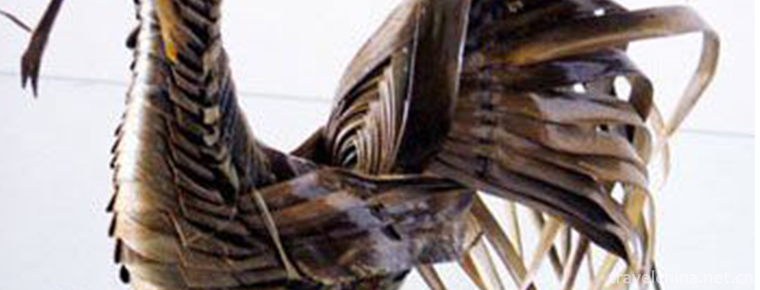
-
Yesanpo Scenic Area Laishui County Baoding
The Yesanpo Scenic Area of Laishui County, Baoding City, Hebei Province, is located in Laishui County, Baoding City. The Taihang Mountains and Yanshan Mountains.
Views: 189 Time 2018-11-24 -
Jixi Longchuan Scenic Area
Jixi Longchuan Scenic Area in Xuancheng City, Anhui Province, is a national AAAAA-level Tourism Scenic Area officially approved by the State Tourism Administration.
Views: 142 Time 2018-12-08 -
Jiangshan Peninsula Tourist Resort
Jiangshan Peninsula Tourist Resort is a provincial tourism resort development zone approved by the People's Government of Guangxi Zhuang Autonomous Region in 1994..
Views: 167 Time 2019-01-21 -
Changlu Tourist Xiubo Garden Scenic Area
Changlu Tourist Xiubo Park, or Changlu Environmental Resort Farm (hereinafter referred to as "Changlu Farm"), became the national 5A scenic spot in November 2014. It is the only national 5A .
Views: 204 Time 2019-03-17 -
Kaiyuan Cave Tourist Area Zibo
The karst cave in Kaiyuan is named for the cliff stone carvings in Kaiyuan period of Tang Dynasty. It is large and tall with a length of more than 1100 meters. It is divided into six halls. The natura.
Views: 126 Time 2019-03-21 -
De rong xue qiang
Derong Xueqiang is a folk dance popular in Waka Township, Derong County, Ganzi Prefecture. Its movements are strong, simple and generous, its next steps are strong and its feet are crisp.
Views: 197 Time 2019-04-26 -
Wood Watermarking Techniques
Wooden watermarking is mainly made by such basic technological procedures as hook (sub-plate), engraving (plate-making), printing (printing) and special techniques as engraving, picking and dusting..
Views: 156 Time 2019-06-06 -
Qingyang Xiangbao embroidery
According to the pattern of paper-cut, various patterns are embroidered on the silk fabric with colorful thread, then different shapes are sewn, and the inner core is filled with silk, cotton and spic.
Views: 118 Time 2019-06-11 -
Cai Lun
Cai Lun(?-121 years ) Zhong Zhong, a member of Guiyang County in Eastern Han Dynasty. Emperor Ming of Han Yongping entered the palace in the end, Zhang and two years (AD 88). Cai Lun was promoted to t.
Views: 291 Time 2019-09-06 -
Beijing Foreign Studies University
Beijing Foreign Studies University is located in the West Third Ring Road north of Haidian District, Beijing. On the two sides of the three ring road, there are two East and West campuses, which are d.
Views: 149 Time 2019-09-06 -
Notice for visiting Chengdu Giant Panda Base
Please don't make any noise. Don't make any abnormal or sharp sounds, which will disturb the wild animals. Giant pandas and other animals naturally like quiet environment and are sensitive to noise. In order to ensure the effect of your visit, please respect their living habits and keep a quiet environment..
Views: 74 Time 2020-12-13 -
Geographical environment of Suining
Suining City is located in the middle of Sichuan Basin and the middle reaches of Fujiang River. It is between 105 ° 03 ′ 26 ″ - 106 ° 59 ′ 49 ″ E and 30 ° 10 ′ 50 ″ - 31 ° 10 ′ 50 ″ n..
Views: 163 Time 2020-12-16

